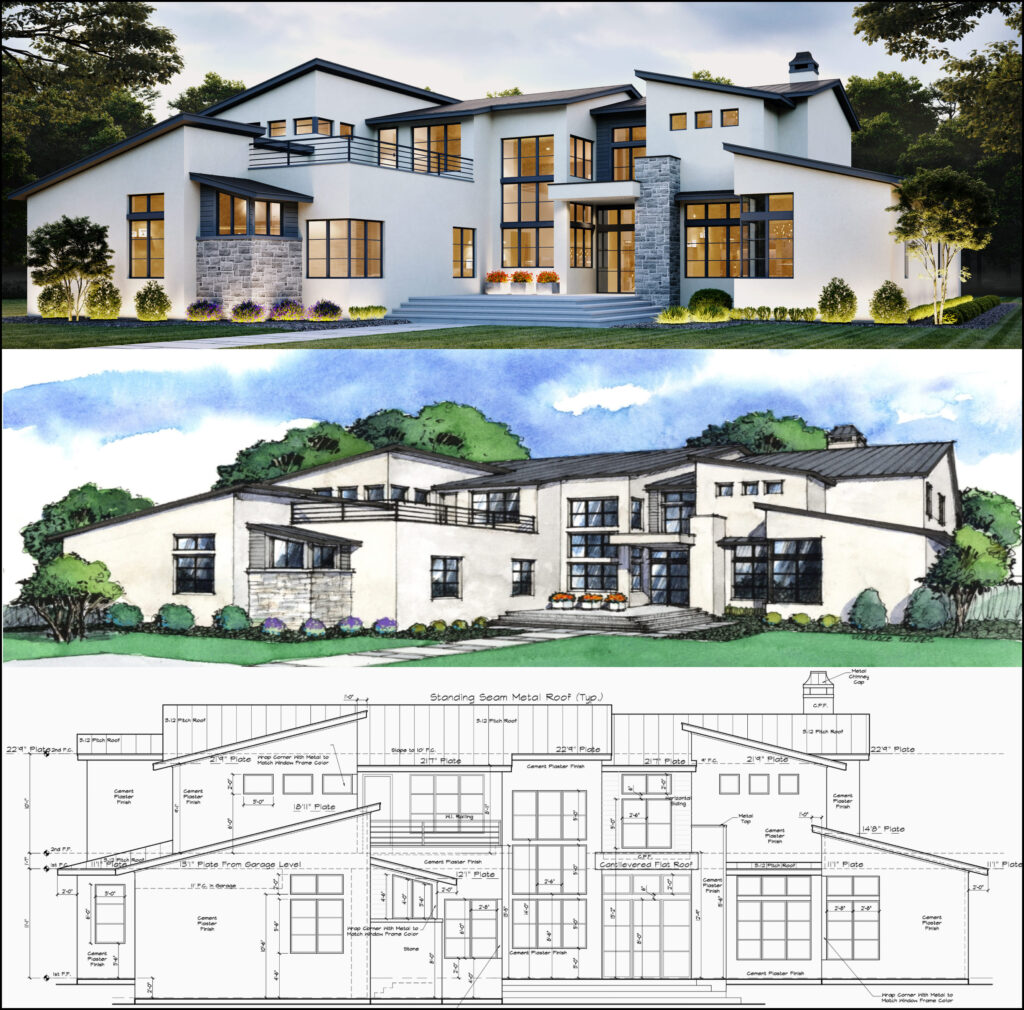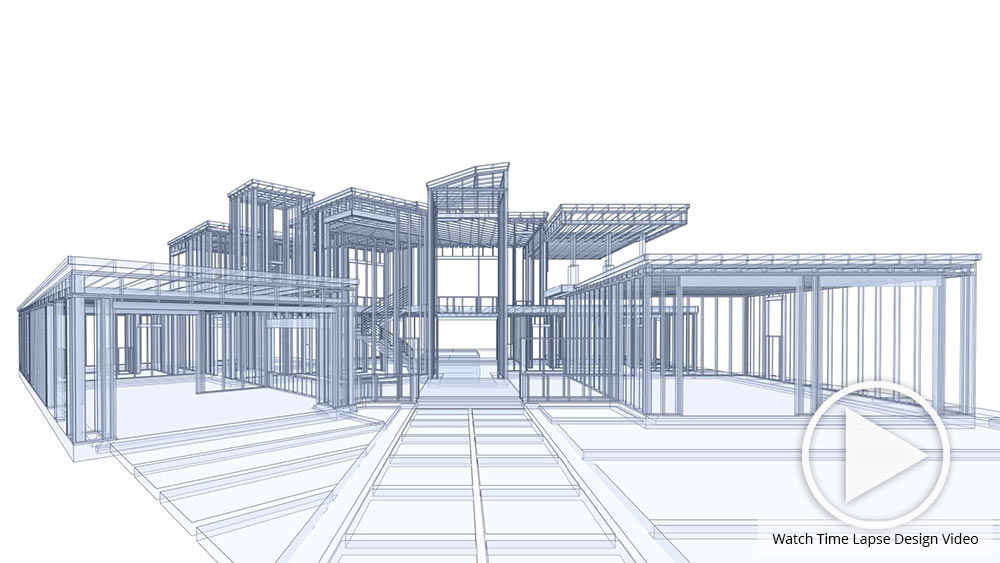The Impact of Technological Developments on the Layout Practices of Contemporary Architects
The rapid advancement of technical tools has considerably improved the style landscape for modern engineers, cultivating unprecedented degrees of technology and sustainability. Discovering these characteristics reveals a nuanced interplay between technology and traditional style techniques, motivating a more detailed examination of what the future holds for architectural practices.
Advancement of Architectural Devices
Just how have building devices changed the layout and construction procedures over the centuries? The advancement of building devices has considerably affected the performance, precision, and creativity of layout and building and construction. In old times, engineers count on fundamental tools such as plumb bobs, determining rods, and basic geometry to develop frameworks. These tools laid the foundation for early architectural technique, permitting for the building of renowned structures, albeit with constraints in accuracy and complexity.
With the development of the Renaissance, the introduction of the compass and the protractor noted an essential change. These tools enabled designers to achieve better accuracy in their layouts, helping with the emergence of even more complex and proportionate structures (cda architects). The Industrial Revolution additionally transformed building exercise with the intro of mechanical tools and products, allowing for larger and more ambitious tasks
In the 20th century, the development of computer-aided style (CAD) software application changed the landscape when again, giving designers with extraordinary capacities in modeling and visualization. Today, advanced tools such as Structure Information Modeling (BIM) and parametric style software remain to press the borders of architectural advancement, enabling a more incorporated strategy to design and building and construction procedures.

Boosted Cooperation in Design
As innovation continues to progress, improved cooperation in style has come to be a foundation of contemporary architectural method. The combination of electronic tools such as Structure Info Modeling (BIM), cloud-based systems, and advanced visualization software program has changed the method architects, designers, and stakeholders interact throughout the layout process. These devices assist in real-time communication, enabling teams to share ideas, alterations, and comments immediately, no matter geographical location.
Additionally, virtual fact (VR) and increased fact (AR) have additional enriched joint efforts by allowing immersive experiences that permit clients and group members to imagine tasks in a more appealing fashion. This level of interaction not just boosts understanding but likewise cultivates a sense of ownership amongst stakeholders, bring about more educated decision-making.
In addition, interdisciplinary cooperation has been streamlined with these technical advancements, enabling designers to function extra very closely with other professionals, such as metropolitan organizers and ecological consultants. The result is a much more cohesive technique to make that considers various viewpoints and know-how. Eventually, boosted cooperation in design is not merely a trend; it is vital for producing innovative, practical, and visually pleasing design in a progressively intricate globe.
Sustainability With Innovation
Sustainability in design has progressively come to be linked with technical advancement, driving the market toward environmentally responsible practices - cda architects. Contemporary engineers are leveraging innovative technologies to decrease environmental influence while boosting the efficiency of buildings. One prominent instance is using Structure Info Modeling (BIM), which enables accurate planning and source appropriation, minimizing waste during construction and advertising power efficiency throughout a building's lifecycle
Moreover, clever products and energy-efficient systems are being integrated right into styles to optimize source usage. Technologies such as solar batteries and green roof harness sustainable energy resources, contributing to lowered carbon impacts. click to investigate Additionally, the application of fabricated intelligence in design processes allows architects to imitate and evaluate power usage, a knockout post guiding choices towards more lasting results.
The integration of lasting technologies not only straightens with global ecological goals however additionally meets an increasing demand from customers for environment-friendly solutions. As designers welcome these advancements, the emphasis shifts in the direction of producing spaces that are not only cosmetically pleasing but likewise functionally lasting, thereby redefining the requirements of modern-day architecture. By doing this, modern technology works as a driver for sustainability, making it possible for architects to develop structures that regard and enhance the natural atmosphere.
Challenges in Execution
While technological developments in style hold fantastic pledge for boosting sustainability, their application commonly encounters significant difficulties. One main challenge is the high understanding contour associated with new technologies. Designers and building experts may need considerable training to properly utilize advanced software and tools, which can postpone task timelines and raise prices.
In addition, the assimilation of arising modern technologies, such as Structure Details Modeling (BIM) and lasting products, typically requires partnership across multidisciplinary teams. This collaboration can be hindered by differences in knowledge, process, and communication styles, leading to possible problems and inadequacies.
Financial restrictions even more complicate this article the adoption of cutting-edge modern technologies. Lots of architectural firms, particularly smaller sized ones, might lack the sources to purchase innovative tools, restricting their capacity to contend with larger companies that can manage such investments.
Moreover, governing structures and building regulations may not maintain speed with technological advancements, developing ambiguity and potential conformity issues. This obstacle can prevent architects from totally accepting brand-new innovations, as the risk of non-compliance might outweigh the advantages. Addressing these application obstacles is important for the effective integration of technical advancements in contemporary building practices.
Future Patterns in Style
The challenges connected with the execution of new innovations in style have triggered a reevaluation of future fads within the industry. As architects browse concerns such as sustainability, urbanization, and social equity, they are progressively embracing cutting-edge technologies to enhance layout efficiency and environmental efficiency.
One noticeable trend is the combination of expert system (AI) in the style procedure. AI devices can analyze large datasets to notify layout choices, enhancing both creativity and performance. Likewise, Structure Details Modeling (BIM) proceeds to advance, making it possible for real-time collaboration among stakeholders and helping with streamlined job administration.
Sustainable design techniques are likewise obtaining energy, with engineers concentrating on flexible reuse and regenerative layout principles that lessen source consumption and waste. The consolidation of clever products and renewable resource resources will even more enhance the resilience of structures in the face of environment modification.
Furthermore, the rise of parametric layout enables even more tailored and context-sensitive architectural remedies. By using these innovations, engineers are poised to develop developed settings that not just deal with the immediate demands of society but additionally expect future challenges, therefore redefining the function of style in an ever-changing globe.
Conclusion

Comments on “Elevate Your Building Design with the Competence of CDA Architects”